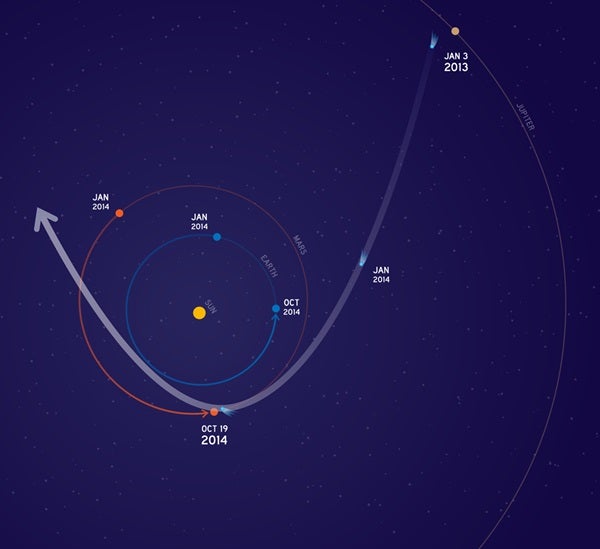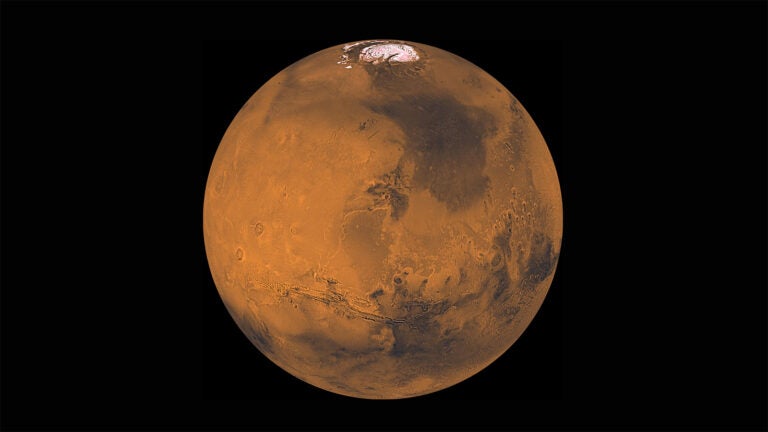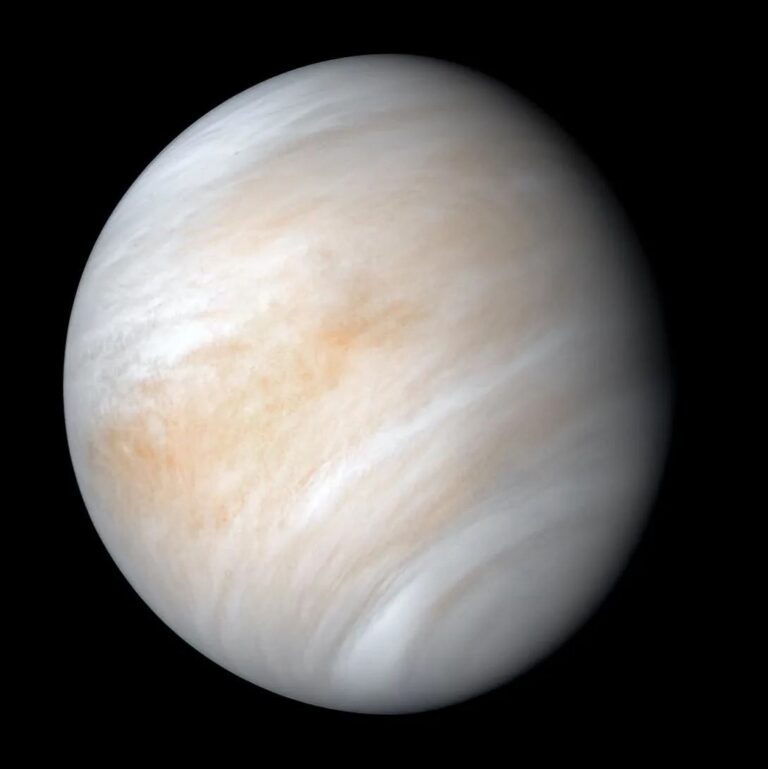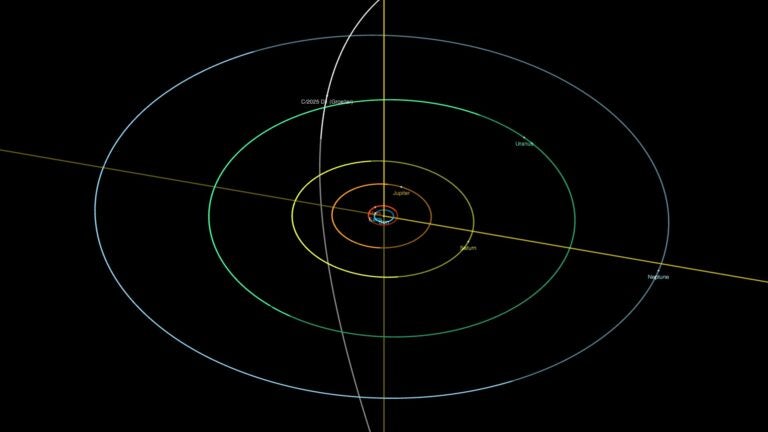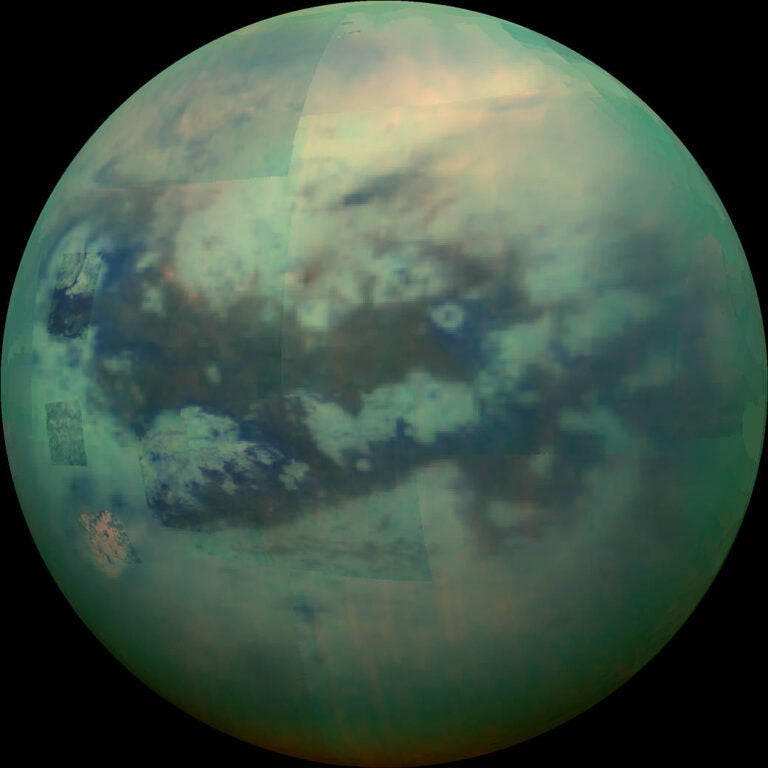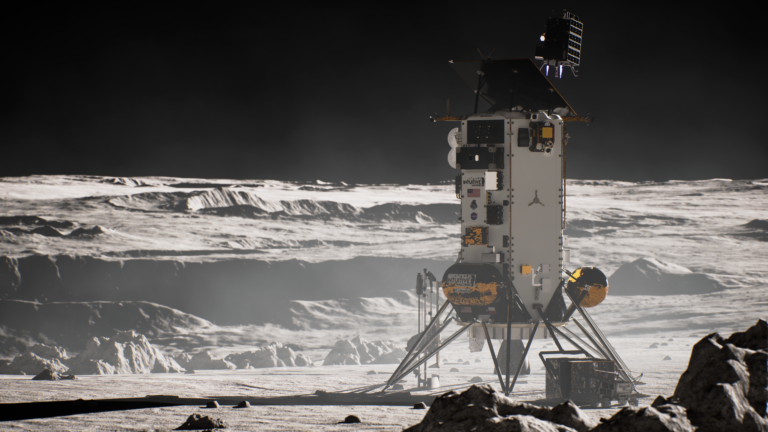The comet’s nucleus will miss Mars by about 82,000 miles (132,000 kilometers), shedding material hurtling at about 35 miles per second (56 km/s), relative to Mars and Mars-orbiting spacecraft. At that velocity, even the smallest particle — estimated to be about one-fiftieth of an inch (half a millimeter) across — could cause significant damage to a spacecraft.
NASA currently operates two Mars orbiters, with a third on its way and expected to arrive in martian orbit just a month before the comet flyby. Teams operating the orbiters plan to have all spacecraft positioned on the opposite side of the Red Planet when the comet is most likely to pass by.
“Three expert teams have modeled this comet for NASA and provided forecasts for its flyby of Mars,” explained Rich Zurek, chief scientist for the Mars Exploration Program at NASA’s Jet Propulsion Laboratory in Pasadena, California. “The hazard is not an impact of the comet nucleus, but the trail of debris coming from it. Using constraints provided by Earth-based observations, the modeling results indicate that the hazard is not as great as first anticipated. Mars will be right at the edge of the debris cloud, so it might encounter some of the particles — or it might not.”
During the day’s events, the smallest distance between Siding Spring’s nucleus and Mars will be less than one-tenth the distance of any known previous earthly comet flyby. The period of greatest risk to orbiting spacecraft will start about 90 minutes later and last about 20 minutes, when Mars will come closest to the center of the widening dust trail from the nucleus.
NASA’s Mars Reconnaissance Orbiter (MRO) made one orbit-adjustment maneuver July 2 as part of the process of repositioning the spacecraft for the October 19 event. An additional maneuver is planned for August 27. The team operating NASA’s Mars Odyssey orbiter is planning a similar maneuver August 5 to put that spacecraft on track to be in the right place at the right time as well.
NASA’s Mars Atmosphere and Volatile Evolution (MAVEN) spacecraft is on its way to the Red Planet and will enter orbit September 21. The MAVEN team is planning to conduct a precautionary maneuver October 9 prior to the start of the mission’s main science phase in early November.
In the days before and after the comet’s flyby, NASA will study the comet by taking advantage of how close it comes to Mars. Researchers plan to use several instruments on the Mars orbiters to study the nucleus, the coma surrounding the nucleus, and the tail of Siding Spring, as well as the possible effects on the martian atmosphere. This particular comet has never before entered the inner solar system, so it will provide a fresh source of clues to our solar system’s earliest days.
MAVEN will study gases coming off the comet’s nucleus into its coma as it is warmed by the Sun. MAVEN also will look for effects the comet flyby might have on the planet’s upper atmosphere and observe the comet as it travels through the solar wind.
Odyssey will study thermal and spectral properties of the comet’s coma and tail. MRO will monitor Mars’ atmosphere for possible temperature increases and cloud formation, as well as changes in electron density at high altitudes. The MRO team also plans to study gases in the comet’s coma. Along with other MRO observations, the team anticipates that this event will yield detailed views of the comet’s nucleus and potentially reveal its rotation rate and surface features.
Mars’ atmosphere, though much thinner than Earth’s, is thick enough that NASA does not anticipate any hazard to the Opportunity and Curiosity rovers on the planet’s surface, even if dust particles from the comet hit the atmosphere and form into meteors. Rover cameras may be used to observe the comet before the flyby and to monitor the atmosphere for meteors while the comet’s dust trail is closest to the planet.

